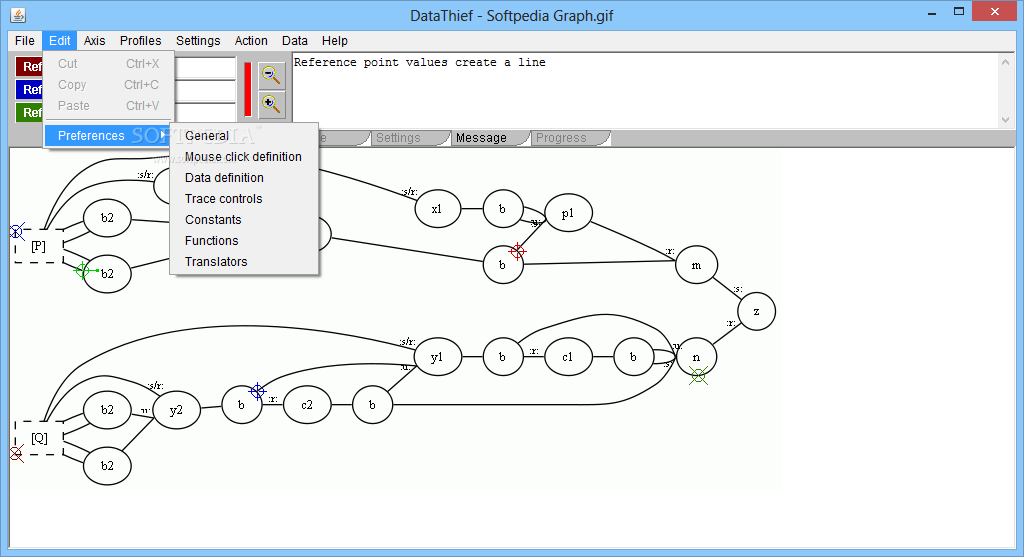

But if number of factor increases, the plot would overflow with stars and shit. Of course, I understand that you might want to highlight your significant effects, and that maybe it works fine for a small number of conditions. You have everything contained within those three panels. In the dotplot, it's much easier to see the differences when plotted horizontally, you don't need extra legend or bars or colours to show you the conditions, you don't need the guidelines and other noisy elements.

Par.settings = list(dot.line=list(lwd=0), plot.line=list(col=1)))Ĭompare it to barplot. #dotplot - you need Hmisc library for version with error barsĭotplot(cond ~ Cbind(esker, esker+se, esker-se) | group, data=d, col=1, I guess that now your question has been more or less addressed, so I will instead encourage you to use different method that is much better in visual representation of your data - dotplots.
#DATATHIEF BARPLOT 2 REF FREE#
The best alternative is WebPlotDigitizer, which is both free and Open Source. There are more than 10 alternatives to DataThief III for Windows, Linux, Mac, Online / Web-based and Self-Hosted solutions. Then use function text() to add information. DataThief III is described as 'program to extract (reverse engineer) data points from a graph' and is an app in the development category.
#DATATHIEF BARPLOT 2 REF PLUS#
To plot texts above the segments calculate x and y coordinates, where x is middle point of two bar x values and y value is calculated from the maximal values of confidence intervals for each bar pair plus some constant. Step 1: Upload graph image Step 2: Pick color and set other digitizing parameters. sapply(1:5,function(x) lines(x.cord,y.cord)) The standard graph for displaying such data is the bar graph. X.cord<-apply(mp,2,function(x) rep(x,each=2))Īfter barplot is made use sapply() to make five line segments (because this time there are 5 groups) using calculated coordinates. X.cord values just repeat the same values which are in mp object, each 2 times. Highest y value is calculated from the maximal values of confidence intervals for each bar pair. y.cord contains four rows - first and second row correspond to first bar and other two rows to second bar. Segments will start at position that is 1 higher then the end of confidence intervals. Now I use upper confidence interval values to calculate coordinates for y values of segments. If you look on object mp, it contains x coordinates for all bars.

Legend = colnames(VADeaths), ylim = c(0, 100),Ĭex.names = 1.5, plot.ci = TRUE, ci.l = ci.l, ci.u = ci.u) ci.l and ci.u are fake confidence interval values. As you are using function barplot2() from library gplots, will give example using this approach.įirst, made barplot as given in help file of barplot2() function.


 0 kommentar(er)
0 kommentar(er)
